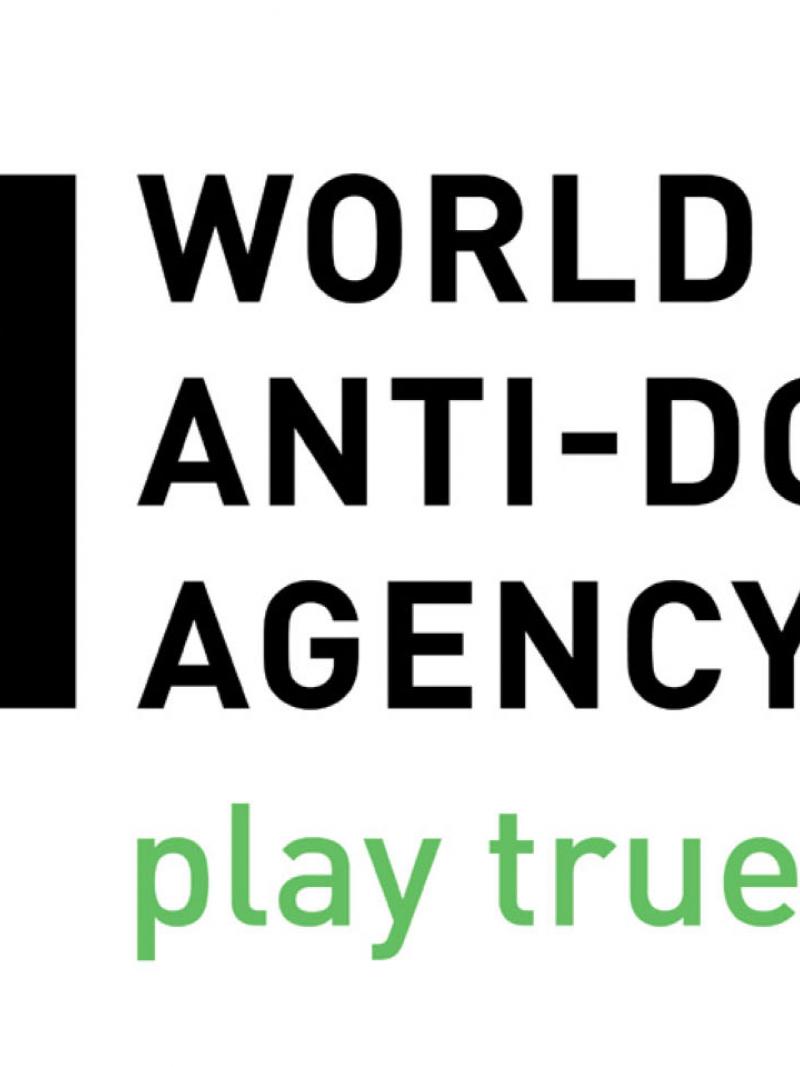The IPC tightens rules to clamp down on boosting
With immediate effect any athlete found with systolic blood pressure reading of over 160mmHg at a competition will not be allowed to compete on health grounds. 03 May 2016
Official logo of the International Paralympic Committee
“For all Paralympic sport, it is the IPC’s duty to protect the health of the athlete, the integrity of the sport and the clean athlete.”
The International Paralympic Committee (IPC) Governing Board has approved new rules to be enforced immediately which aim to clamp down on the practice of boosting in Paralympic sport.
Boosting refers to a prohibited performance enhancing practice whereby athletes with cervical or high thoracic spinal injury try to increase their heart rate by voluntarily inducing autonomic dysreflexia. This is achieved by creating painful stimuli in the lower part of the body.
Since 2004 when the practice was banned by the IPC, the Paralympic Movement’s international governing body has tested the blood pressure of athletes most at risk of boosting just prior to sporting competition. Any athlete found to have a systolic blood pressure reading of over 180mmHg after test and re-test has not been allowed to compete on health grounds, and becomes subject of further investigation on whether the blood pressure was intentionally induced.
At the Beijing 2008 Paralympic Games 37 tests were conducted and no athlete was found to have a blood pressure reading over 180mmHg. Similarly at London 2012, 41 tests were conducted just before competition, and no one exceeded the legal limit.
Following an eight-year study into autonomic dysreflexia by the IPC Medical Committee, which considered recent research literature and the data collected from nearly 160 athletes, the blood pressure threshold used to determine a dysreflexic state has been revised from 180mmHg to 160mmHg.
Peter Van de Vliet, the IPC’s Medical and Scientific Director, said: “For all Paralympic sport, it is the IPC’s duty to protect the health of the athlete, the integrity of the sport and the clean athlete. Competing in a dysreflexic state, whether induced unintentionally or deliberately, is hazardous to the health of the athlete and can lead to a stroke or a heart attack. It is also performance enhancing.
“The revised threshold of 160mmHg is the result of an eight-year study and will decrease the risk of an athlete competing in a dysreflexic state.”
Since 2008, the IPC Medical Committee has been recording the blood pressure in athletes susceptible to autonomic dysreflexia prior to events at a number of major events including the Paralympic Games and World and regional Championships.
The research has determined a clearer understanding of the normal blood pressure levels of athletes with a spinal cord injury just prior to competition and therefore makes it easier to identify if an athlete is in a dysreflexic state.
Following the Board decision, the IPC sent a letter to all National Paralympic Committees informing them of the new rule which comes into force immediately. The correspondence also reminded them that if an athlete is known to have elevated blood pressure on an ongoing basis, medical evidence documenting the athlete’s baseline blood pressure must be submitted to the IPC Medical Committee for review 14 days prior to the start of competition. This is in order to prevent a false positive result.






